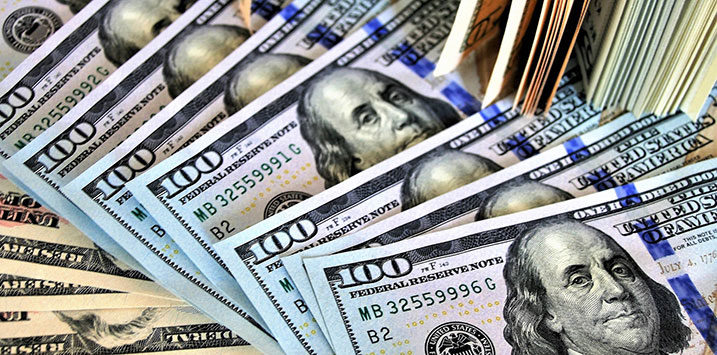
Another U.S. Bank fails overnight. Now it’s three.
Everyone’s talking about the collapse of Silicon Valley Bank (SVB) – the largest bank failure since the global financial crisis – and debating whether it’s the start of another financial crisis. There’s Bill Ackman on one side of the Twitterverse, suggesting more banks will collapse like dominos, while on the other side, there’s U.S. President Joe Biden, who points to the safeguards introduced after the global financial crisis to stop another financial crisis from occurring again.
As an aside, depositors at SVB can sleep easy. According to the New York Times; “Federal regulators announced …the government would ensure that all depositors of Silicon Valley Bank — which failed Friday — would be paid back in full.”
The Federal Reserve, Treasury and Federal Deposit Insurance Corporation announced in a joint statement that “depositors will have access to all of their money starting Monday, March 13.”
Regulating how much banks can lend to zombie companies, and having the Federal Deposit Insurance Corporation (FDIC) backstop everyone’s deposits (with the Fed and Treasury’s help) should go some way to at least preventing a panic run on deposits at other banks.
But it is the activities of all the mid-sized banks that will now be on show as the tide goes out. It’s those banks that fall below the U.S.$250 billion asset level beyond which U.S. banks are required to deduct any unrealised losses on their hold-to-maturity assets from their reported equity capital base, that will now be the subject of much scrutiny. The measure forces banks to disclose to investors and depositors how much of an equity buffer they hold if there was a run on deposits, for example, and assets were forced to be sold at current market prices.
Back in 2018, the cut-off in asset levels for reporting was raised from US$50 billion to U.S.$250 billion and it is reported Silicon Valley Bank lobbied hard to have it raised beyond the level of their own assets, allowing them to avoid reporting their ‘unrealised’ liquidity buffer.
Having suffered a run on deposits, as tech companies drew down cash to fund salaries – after the easily-predicted Private Equity funding spigot for profitless prosperity companies dried up amid higher rates – SVB had to realise losses on investments it made with depositors funds. Unable to cover the losses with a capital raising (who’d want to invest, knowing further withdrawals would trigger even greater losses?), the bank was forced to close.
Another bank goes under
Sunday, New York time, another bank has been closed.
According to the New York Times, this just in;
“The agencies also said they would make whole depositors at Signature Bank, which the government disclosed was shut down on Sunday by New York bank regulators. The state officials said the move came “in light of market events, monitoring market trends, and collaborating closely with other state and federal regulators” to protect consumers and the financial system.
“A Treasury official said that regulators ultimately decided to move forward with their plan because of how swiftly Silicon Valley Bank had failed — and how challenging it was proving to be for a buyer to vet its books by Monday. The official emphasized that the actions should not be considered to be [sic] a “bailout,” noting that the company’s shareholders and those who own its debt would be wiped out. The official pointed to the small businesses that deposited their money at Silicon Valley Bank and would have faced steep challenges in paying employees and other bills if their deposits were not covered.
“The collapse of Signature marks the third bank failure within a week. Silvergate, a California-based bank that made loans to cryptocurrency companies, announced last Wednesday that it would cease operations and liquidate its assets.”
If fears of contagion gain traction, equity prices will fall. For my money, the risk of contagion is low. What we are seeing is the typical end of every rate-hike cycle. Once rates reach a certain pain threshold, the weakest links begin to break. For those with inadequate risk controls, or the overleveraged there’s a reckoning. The failures impact investor confidence, as well as consumers, the risk of recession rises and the volume of bets on rate cuts start to increase. The failure of some mid-tier banks like SVB probably won’t usher in a GFC but it is the beginning of the end of rate hike cycle.
For long-term investors who have seen the world survive financial crises before, panic affords the opportunity to buy cheap, really cheap. Let’s watch closely for mouthwatering opportunities.
You can read my previous thoughts on profitless prosperity companies:
Ricky Leong
:
The federal backstop should prevent new banks collapses. However, I wouldn’t be surprised if this perpetuates tl ‘zombie banks’, who are technically insolvent but kept alive by the Federal backstop.
I also suspect this crisis isn’t over. Insurance companies and pension funds are sitting on enormous unrealised losses from their bond portfolios. All it takes is a catalyst and things could get very messy